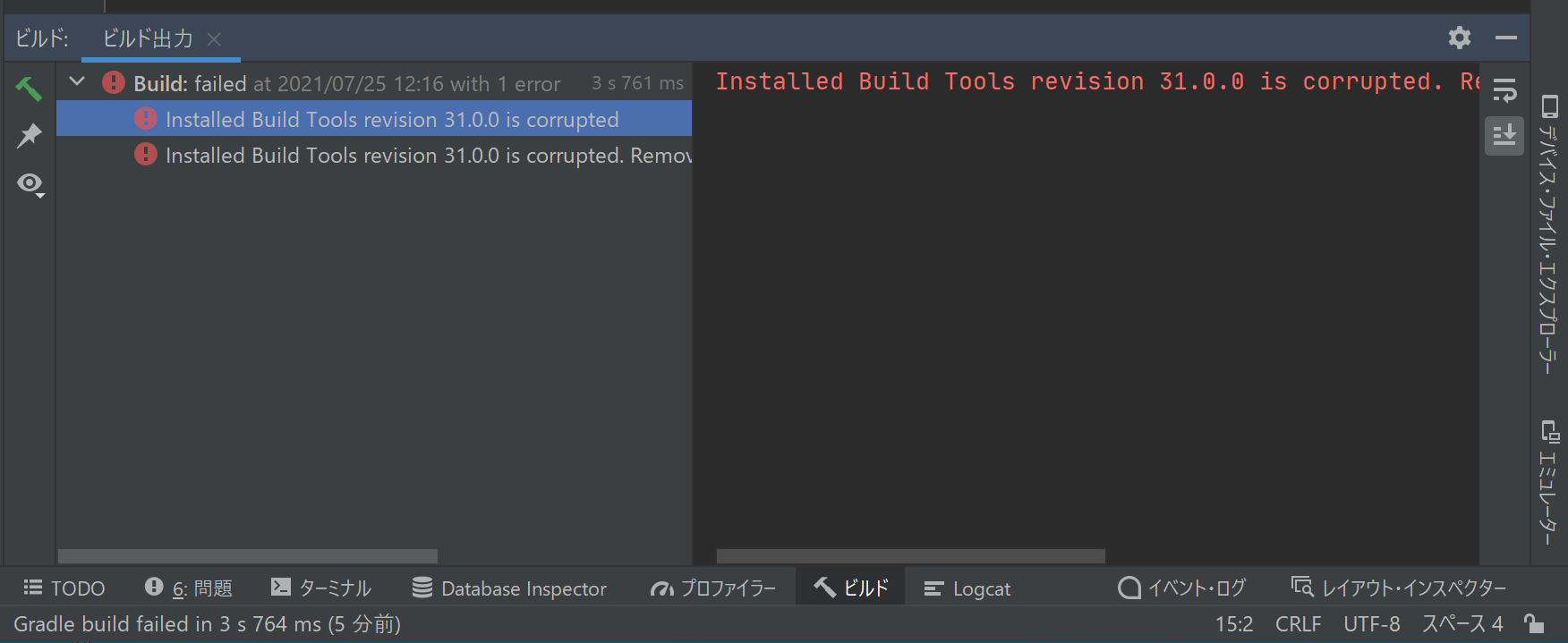


Instead, you should download a separate, mutable SDK (e.g. If you find yourself developing an Android app inside Android Studio, you should not use this SDK for that. This is used to integration test the SDK download in a deterministic way. There is also a ‘remote’ sdk, which contains a subset of the SDK packages from the Android repository. After you do a repo sync, and depending on your OS host, you will have one of three paths pulled down into your project.

Development SDK locationįor unit tests and some compile-time dependencies, we provide a read-only SDK in our codebase. However, if you depend on an external resource, like having a process which, after syncing, hits a server for the latest version of its resources, you might find that your old code starts failing due to changed assumptions over time. For example, if you sync to a git project at any time in its past, code should still build and tests should still pass. This is in contrast to a test that just points at a generic SDK directory and fails at runtime if a file it wants is missing.Ĭode is deterministic if running it repeatedly always produces the same result. That is, if you have a test that needs to run against a specific version of some subcomponent of an SDK, it should say so and, if that subcomponent is missing, the test should fail before it even starts. This directory contains utilities and other support files which allow us to depend on the Android SDK in our code and tests in a way that is hermetic and deterministic.Ĭode is hermetic if it declares its dependencies explicitly. Source for a utility that updates the SDK for all hostsĪn manifest extender which pulls down all SDKs into your local repo Further instructions will be added later.Ī list of all SDK components needed by the Studio codebaseīazel rules for breaking the SDK up into its parts This documentation does not currently support AOSP yet. Note: This document provides some high level information first, but you may wish to skip directly to the “Updating the development SDK” section below if you don't care about any of that.

the name of the folder will be determined by the source.properties file's content, which is one of these unzipped files. IMPORTANT: Now, we need to move all the unzipped files in a single folder. Now I'm having the folder structure as C:\Android\cmdline-tools\.ģ. Unzip the downloaded folder in this directory. Now you need to create a folder, where you want to keep your all SDK packages. Now firstly we need to install Android SDK Manager to install Android SDK and other tools. To go to environment variable you can follow below steps:Ĥ: List of Environment Variables can be accessed here Now you must have JAVA_HOME set in your environment variables, if not then you can set. Enter fullscreen mode Exit fullscreen mode


 0 kommentar(er)
0 kommentar(er)
